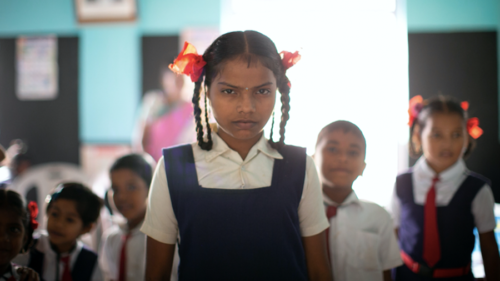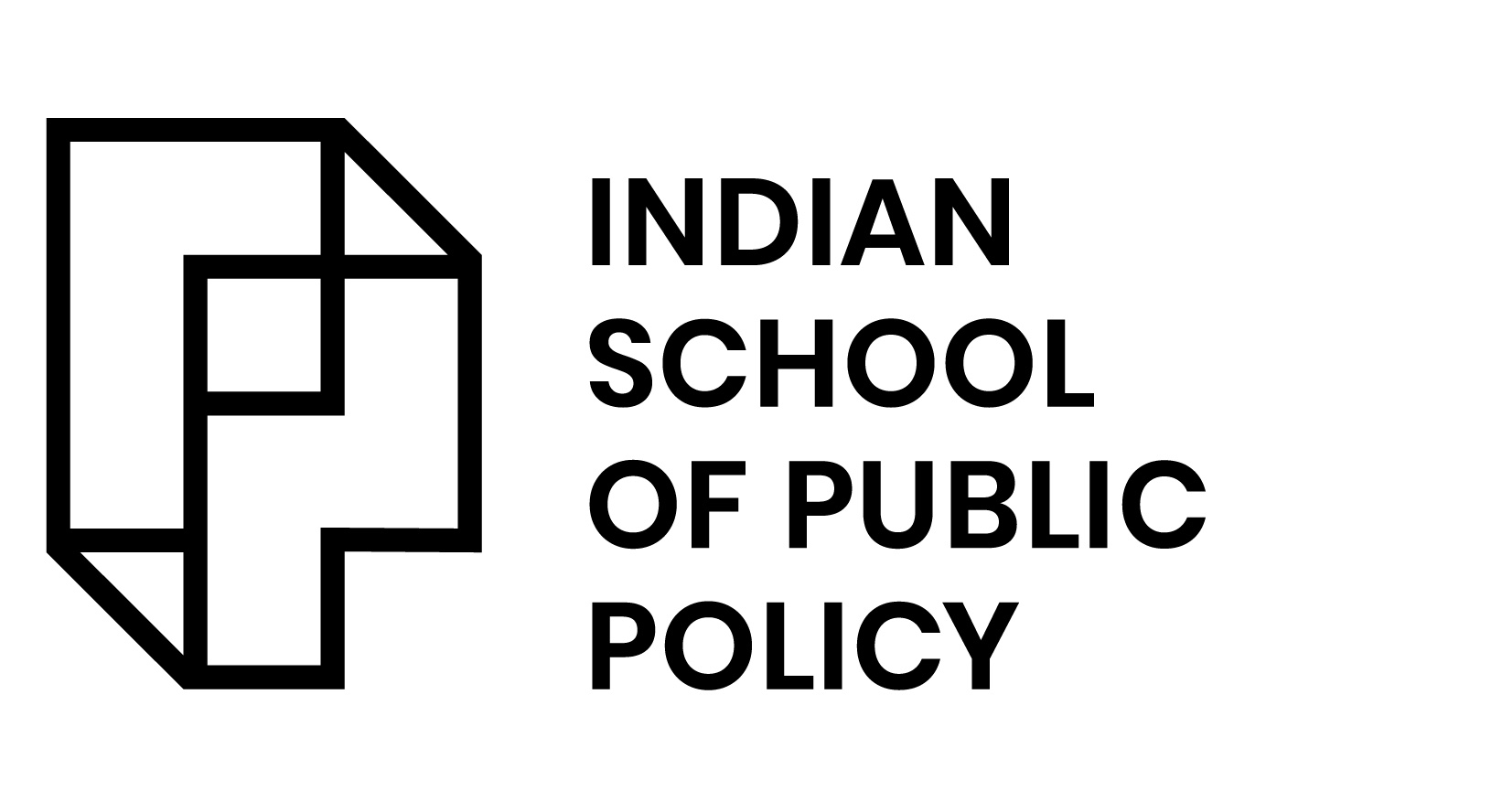
Impact of School Closures on Girls due to COVID-19: In Conversation with Dr. Vimala Ramachandran

India’s struggle to make schools accessible to girls, and to ensure they stay in school, has been a long and uphill journey. Enshrining the right to education as a fundamental right for all children between 6 and 14 years of age through the Right to Education (RTE) Act in 2008, and the National Education Policy (currently being revisited as the draft New Education Policy), coupled with campaigning efforts on the necessity of educating the girl child have all been pivotal in earning some amount of success in bringing girls to schools. However, reducing drop-out rates among girls has continued to be a challenge. The burden of domestic chores, responsibilities in looking after younger siblings, early marriage practices and social attitudes that dictate the preference to educate the boys in the household instead of the girls have been significant roadblocks in ensuring access to education for the girl child. The COVID-19 pandemic threatens to undo years of advocacy and policy efforts aimed at increasing enrolment and literacy rates among girls. The current crisis has necessitated school closures, the impact of which is being felt by millions of school-going children across India. The risks associated with the same for girls, however, are likely to be heightened, especially for girls from low-income and disadvantaged backgrounds.
Dr. Vimala Ramachandran has worked and published extensively on education, health, gender issues and women’s empowerment and has been engaged in advocacy for universal quality education and girls’ education. She co-founded Mahila Samakhya – a Government of India programme on women’s education – and served as the first National Project Director from 1988 to 1993. She is currently on the Research Council of Azim Premji University, Bangalore, and is the Managing Director at the Educational Resource Unit (now known as ERU Consultants Private Limited), which is a network of researchers and practitioners working on education. Most recently, she is engaged in researching educational needs of out of school youth, especially girls.
In this conversation with her, Shreeradha Mishra explores the nuances of the disproportionate impact of school closures on girls and discusses the role of effective policymaking and implementation to address the disruption caused by COVID-19 to the lives of school-going girls.
SM: The school closures due to the COVID-19 pandemic have forced millions of school-goers all over the world and in India to stay home. This is likely to have impacted girls in different and disproportionate ways as compared to boys. Could you highlight some of these impacts and the underlying reasons?
VR: The impact on girls, especially from poor and middle class families is expected to be far more severe for a wide range of reasons – girls end up sharing a greater load of housework / farm work / animal-related work than their brothers; girls have less access to mobile phones, as we saw in the recent studies co-authored by me.1
In both these studies we found secondary school girls did not have any access to smartphones or simple mobile phones. Boys have mobile phones, even smart phones – but most girls in rural Rajasthan, Jharkhand, Uttar Pradesh in the sample villages said they do not have access to phones. Even when families have phones, they are not encouraged to use it. So online learning is practically impossible. Besides, informal tuitions are fairly common in both rural and urban areas. It is a common observation that parents readily spend on sons’ and not on daughters’ tuitions. When schools are shut down, tuitions are perhaps the only informal learning space. This would be far more acute for girls in high schools and higher secondary schools.
SM: The 1986 National Policy on Education for the first time recognised the need for girl-child specific policy to address the gender gap in education in India. This policy also saw the establishment of the grassroots initiative Mahila Samakhya, of which you were the first National Programme Director. This initiative has been evaluated to have significantly increased demand for rural girls’ education, and consequently an increase in female literacy rates in rural India. A crucial aspect of this initiative was the ability of the programme to reach out to out-of-school girls and create learning opportunities for them in alternative centres and residential camps. In the wake of the pandemic, there is a need to re-think and re-invent more of such innovative solutions albeit in the context of a completely uncharted territory. How do we bring girls back to school, and keep them in schools, when the definition of a school and a classroom is currently going through a shift?
VR: The irony is that when the BJP came to power in 2014, Mahila Samakhya was shut down as a centrally sponsored scheme. Most states were not ready to continue the programme and the states that continued it linked it to the Department of Women and Child Development’s ICDS (Integrated Child Development Scheme) / Stree Shakti / Nari Adalat and child helplines. The original idea of the programme was pushed aside and today it is seen as a delivery programme for women and girls. The education and awareness dimension is practically non-existent now.
SM: A lack of access to nutrition for girls, especially in rural households, has been a significant contributor to the existing practices of gender discrimination. The mid-day meal scheme ensured they received at least one meal a day at schools. Under the prevailing circumstances of indefinite school closures and accentuated poverty due to the extended lockdown, what can the government do to alleviate this risk?
VR: When families go through a food crisis, we know that women and girls not only eat last, but they get the leftovers. They may also not get adequate nutrition when all they eat with rice or roti is watery vegetables, dal or meat dishes. Even when schools are closed, the government should restart the mid-day meal programme so that all children have access to at least one nutritious meal a day. Equally, in the post Covid-19 period, where poverty and hunger has become more pronounced, schools need to consider providing breakfast to all children.
SM: According to the National Crime Records Bureau (NCRB), in 94.6% of cases of child sexual abuse, the perpetrator is known to the child, and is often times a parent, relative or school teacher. How does the lockdown exacerbate the risk of abuse for children, especially for girls, and what can be done to address the issue?
VR: During lockdown, when families are huddled in small spaces, the chances of domestic violence against women and children, and sexual abuse by family members of both girls and boys, is known to have increased. Newspapers report more distress calls in urban areas. Equally important is the fact that in rural areas when girls go out to graze cattle or to bring fuel or fodder, they are vulnerable to sexual abuse / violence / harassment. When men and boys have little to do and are ‘hanging around’, they are also more prone to frustration, anger and violent behaviour. This could also aggravate the situation. The only way out of this is a vibrant and strong women’s group and also a Nari Adalat in every village and urban ward that is girl-friendly and has women who would be willing to listen to girls, support them and bring the perpetrators to be booked through the Panchayat. We also need to create greater awareness at every Panchayat level to the vulnerability of women and children (both girls and boys) to violence and abuse and the importance of a safe space where they feel comfortable sharing their fears and bringing issues to the notice of persons in positions of responsibility. We also need to become more alert to trafficking – especially of older children as labourers.
SM: What are some of the immediate challenges that the government needs to address in order to realise last-mile and equitable delivery of education in a post-COVID India?
VR: The government needs to consider the following –
(a) Sensitise all teachers to the issue of trauma and fear that COVID-19 has generated among the people and especially among children;
(b) Ascertain learning levels of children, organise them in small groups and impart teaching at the right level to each group – for instance, what good bridge programmes used to do in the mid-1990s and the kind of work we did in Mahila Shikshan Kendras. A two-three-month programme should be aimed at enabling children to reach their grade-specific level. Teachers need to be trained for this and where feasible, possible local NGOs could be involved in this process;
(c) Make story reading/ reading aloud an integral part of daily language-related school work. There is overwhelming evidence to suggest that children who are able to read with comprehension and read well have the potential to become self-learners and do better in all subjects. Ensuring all children have access to grade or level-specific story books in their own language or medium of instruction is essential;
(d) Make games, sports, art and craft an integral part of the curriculum alongside fun ways of explaining the pandemic and why children need not fear if they adopt the requisite practices to stay safe. This could be incorporated as part of the morning assembly or before or after lunch and could be a valuable addition to the curriculum.
SM: How do you see the public vs private debate playing out in the education space post the pandemic? Are we likely to see more collaboration between the public and the private education systems?
VR: I do not see it as a black and white scenario. Public education is absolutely essential for poor children and also middle-class children. We have to focus on strengthening the public education system, improving quality and bringing it at par with the high-end government schools like Kendriya Vidyalayas and Navodaya Vidyalayas. That should be the benchmark. My own work in the health sector has shown that it is the public system that sets the benchmark – low-cost and other forms of private schools will always compare themselves to the public or government schools to reach out to the poor and middle classes. If we push the quality of our government schools, this will have a ripple effect on the private sector.
Works referred to:
[1] (2019 Draft). Ramachandran, Vimala, Nagpal, Nagendra. Secondary Education in Rajasthan – quality and systemic functioning explored. Project supported by AJWS. New Delhi
(2018). Ramachandran, Vimala, Saxena, Niti. Quality and Systemic Functioning in Secondary Education in India – A study in Uttar Pradesh and Jharkhand. Research commissioned by The World Bank, New Delhi.
Note from the editor: Special thanks to Nivruti Tagotra, staff writer at the ISPP Policy Review, for her inputs.

